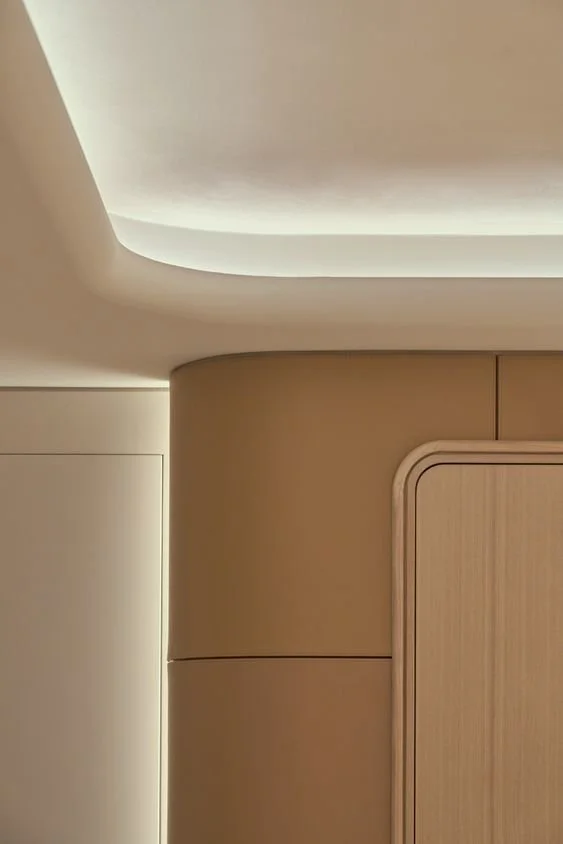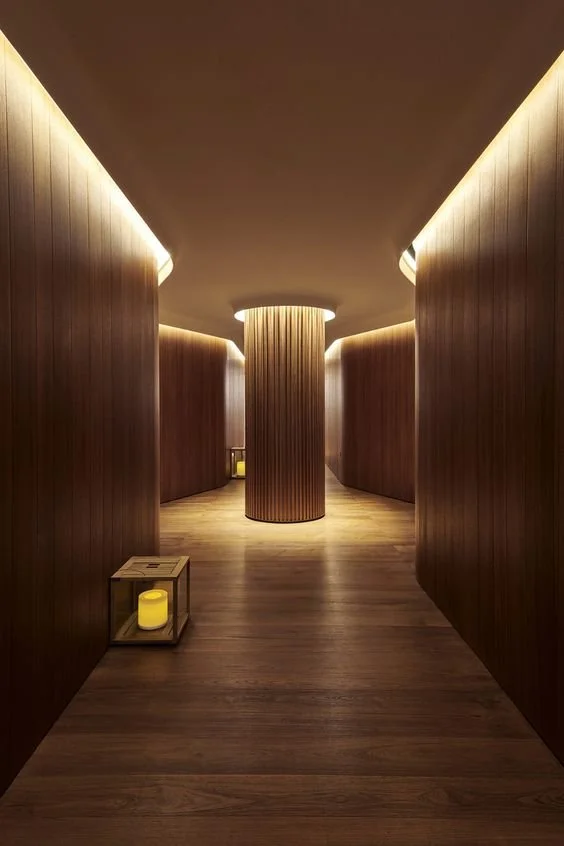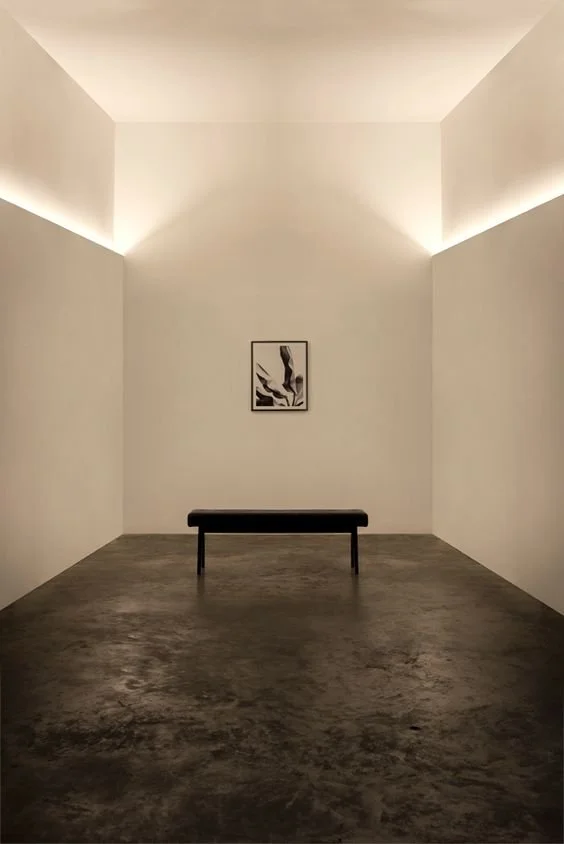What are the three common forms of architectural lighting?
Architectural lighting plays a crucial role in defining the atmosphere, functionality, and aesthetics of any space. Among the most effective lighting strategies are integrated solutions that blend seamlessly with the architecture itself. These integrated forms of lighting—cove, soffit, and valance—are not only functional but also contribute to the overall design narrative by becoming part of the room’s structure. By thoughtfully incorporating these methods, designers can create spaces that are both visually appealing and highly functional, transforming how light interacts with the environment.
1.
COVE LIGHTING
Cove lighting Is one of the most popular integrated solutions, positioned in a ledge, shelf, or recess high up on the wall. This technique directs light upwards, allowing it to reflect off the ceiling, which creates a soft, diffuse glow that enhances the feeling of openness.
2.
SOFFIT LIGHTING
Soffit lighting, another key form, is placed within a soffit or cornice near the ceiling and directs light downwards, emphasizing walls and vertical surfaces.
3.
VALANCE LIGHTING
Finally, valance lighting is mounted above windows or along walls, providing both upward and downward illumination, ideal for creating balanced light that softly highlights key areas of a room.
By leveraging these integrated architectural lighting techniques alongside the more traditional forms of ambient, task, and accent lighting, designers can craft a layered lighting scheme that serves both practical and aesthetic needs. These integrated solutions not only hide the light source but also enhance architectural features, creating a sense of harmony and sophistication within the space. For architects and designers, integrating lighting into the structure can be a powerful tool to add depth, dimension, and warmth to any interior, elevating it beyond mere functionality to an immersive experience.


